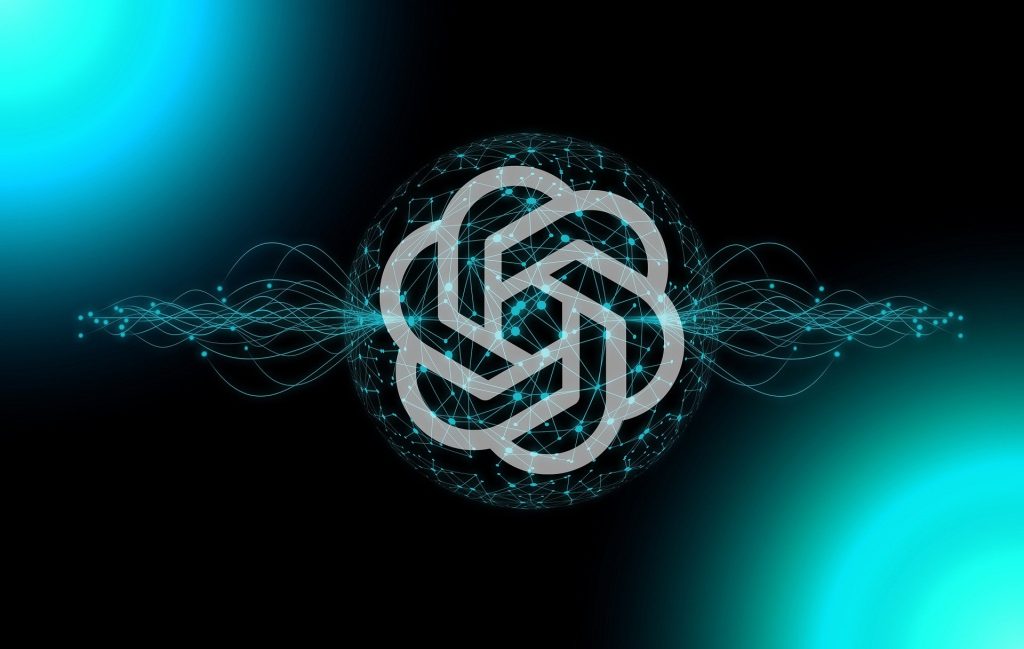Microsoft-backed OpenAI, which sent shockwaves around the world with its previous chatbot ChatGPT, has said that GPT-4 can be accessed by OpenAI users who are paid users of ChatGPT Plus (usage capped)
Microsoft-backed AI giant OpenA has announced the release of a new image-to-text understanding-enabled AI model, the GPT-4; it possesses capabilities that are at par with humans.
OpenAI, which sent shockwaves around the world with its previous chatbot ChatGPT, has said that GPT-4 can be accessed by OpenAI users who are paid users of ChatGPT Plus (usage capped). It also provides a gateway to the developers, who can access its API through a waitlist.
It describes GPT-4 as a multimodal model that can interpret images and text inputs to generate content. It stretches its range to 25,000 words, which is approximately eight times its predecessor, ChatGPT.
GPT-4 is vastly superior in terms of capabilities to its elder model, GT-3.5. It outsmarts them at various junctures of safety, readability, and promptness. OpenAI has said that they have put in more than six months in enhancing the safety features using human feedback, but there is still room for improvement, and it may share misinformation sometimes.
OpenAI ran the model on various tests to check its human-like capabilities and discovered that it gives fewer factually incorrect answers and performs slightly better than humans in some tests. For instance, GPT-4 got above average marks in exams like the 90th percentile in a bar exam, the 93rd percentile on its SAT reading exam, and the 89th percentile in its SAT maths papers.
Greg Brockman, the president of OpenAI, gave an online presentation of the capabilities that it could interpret a hand-drawn website and develop a real website on the base of it. It was also demonstrated that it could help humans calculate taxes too.
ChatGPT can provide human-like solutions, helping users to do their homework, write poems, code, ad copy, and much more. It could also impersonate artists and present output in their style of work. But, it can only do so with its knowledge database that dates back to 2021.
Although payment of $20 per month for ChatGPT Plus will permit users to enjoy the works of GPT-4, they can have a somewhat similar experience by using Microsoft’s Bing search engine platform.
Microsoft, being left behind in the race of search engines, does not want to miss the AI revolution, and it is already way ahead of its counterparts like Google. It invested $1 billion back in 2019 in OpenAI, and recently it acquired a 49 percent stake by investing $10 billion into it. Now, it is using GPT-4 to run its search engine platform, Bing.
Limitations
GPT-4 also has certain constraints similar to its predecessors. OpenAI itself has cautioned that it cannot be completely relied upon as it can “hallucinate” facts and make factual errors. It is a situation where AI models make up their facts, which could be dangerous in a high-stake work environment. The last information updated in the model is up to September of 2021, so it can make certain reasoning mistakes and, if falsely conversed, can comply with wrong statements too.
Risks
GPT-4 is significantly more capable in abilities, but it still poses some risks. It can sometimes give factually wrong answers, write improper code or provide misinformation.
OpenAI has deployed an expert team of 50 developers to attack the model and collect information to upgrade GPT -4’s capability to counter dangerous demands.
GPT-4 is 82 percent better at giving unfit replies to questions on careful subjects like health advice and self-harm than its previous models. OpenAI says that it is working in collaboration with various researchers and developers to examine the model on various fronts and prevent possible harmful effects.
It comes with its own set of imperfections that will be improved by OpenAI and Microsoft’s Azure team in the upcoming future. But, there is still room for error that cannot be exactly predicted right now, especially in sensitive subjects.
They are working to reduce risks and accumulate a vast database of learning material to generate better outputs which will enhance this powerful tool and pave the way for a safer and better future AI system.
